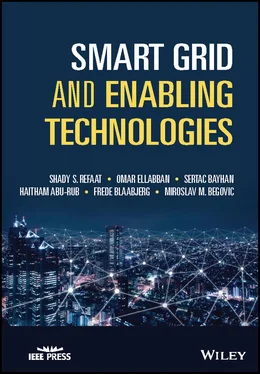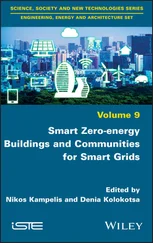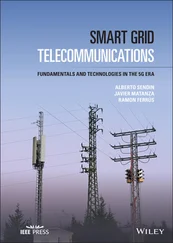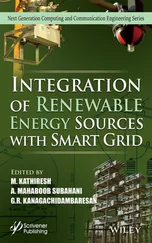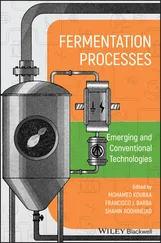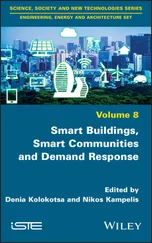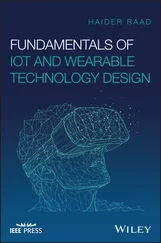Frede Blaabjerg - Smart Grid and Enabling Technologies
Здесь есть возможность читать онлайн «Frede Blaabjerg - Smart Grid and Enabling Technologies» — ознакомительный отрывок электронной книги совершенно бесплатно, а после прочтения отрывка купить полную версию. В некоторых случаях можно слушать аудио, скачать через торрент в формате fb2 и присутствует краткое содержание. Жанр: unrecognised, на английском языке. Описание произведения, (предисловие) а так же отзывы посетителей доступны на портале библиотеки ЛибКат.
- Название:Smart Grid and Enabling Technologies
- Автор:
- Жанр:
- Год:неизвестен
- ISBN:нет данных
- Рейтинг книги:3 / 5. Голосов: 1
-
Избранное:Добавить в избранное
- Отзывы:
-
Ваша оценка:
- 60
- 1
- 2
- 3
- 4
- 5
Smart Grid and Enabling Technologies: краткое содержание, описание и аннотация
Предлагаем к чтению аннотацию, описание, краткое содержание или предисловие (зависит от того, что написал сам автор книги «Smart Grid and Enabling Technologies»). Если вы не нашли необходимую информацию о книге — напишите в комментариях, мы постараемся отыскать её.
Smart Grid and Enabling Technologies
Smart Grid and Enabling Technologies
Smart Grid and Enabling Technologies — читать онлайн ознакомительный отрывок
Ниже представлен текст книги, разбитый по страницам. Система сохранения места последней прочитанной страницы, позволяет с удобством читать онлайн бесплатно книгу «Smart Grid and Enabling Technologies», без необходимости каждый раз заново искать на чём Вы остановились. Поставьте закладку, и сможете в любой момент перейти на страницу, на которой закончили чтение.
Интервал:
Закладка:

Figure 1.5 The conceptual model of SG framework. Ref [18]. Reproduced with permission from Walter de Gruyter GmbH.
Improve facilitation between the grid elements of all sizes.
Permit customers to play an important role in improving the operation of the system.
Offer customers more information and options to participate in the energy market.
Significantly decrease the environmental impact of electricity generation.
Improve the electric system efficiency, reliability, quality, and security.
Improve service quality and reduce electricity cost.
1.5 Smart Grid Elements
The SG architecture consists of three main systems: power, communication, and information. Proper architecture is necessary to ensure SG functionality. The design and analysis of future SGs require fundamental insight into the impact of power network topology and integrated network control with Big Data utilization. Furthermore, it is essential to have an insight into the complex interaction between the physical layer and cyber layer that includes the supporting communication, information, and computational systems. SG architecture can be represented as a layered structure including the following five main layers as shown in Figure 1.6: System architecture, Distribution Control, Applications, Standards, and Cybersecurity measures.
The grid modernization is expected to make the grid more flexible, accessible, and manageable with interconnected networks consisting of a number of smaller‐sized subsystems integrated with a large number of renewable energy sources. Making the grid more accessible is possible by having grid resources available and considering the access to the loads. The SG serves the needs of multiple stakeholders in the electricity industry. Devices and systems developed individually by different vendors and for different electric utilities are employed by various customers, so they must work together in harmony; these systems must achieve interoperability requirement. The upcoming technology in the SG interoperability framework is the real‐time dynamic control and management systems. The components of SG are the combination of intelligent appliances and equipment that play an important role in the production, delivery, and consumption of electricity. SG elements can be grouped into seven key technology areas [19]. These areas are distributed generation, electric storage system, smart meters, advanced control, integrated communications, sensing and measurement, improved interfaces, and decision support using customer engagement and demand response (DR) as shown in Figure 1.7.
1.5.1 Distributed Generation
DER are defined as small‐scale decentralized power generation sites as shown in Figure 1.8[20]. The systems with DER are modular, and flexible usually located in the vicinity of the load. DER systems utilize renewable energy sources such as small hydro, biomass, biogas, solar, wind, and geothermal. Such systems can be controlled and coordinated within an SG. Using the distributed generation makes the grid active of bidirectional flow of power [21, 22].
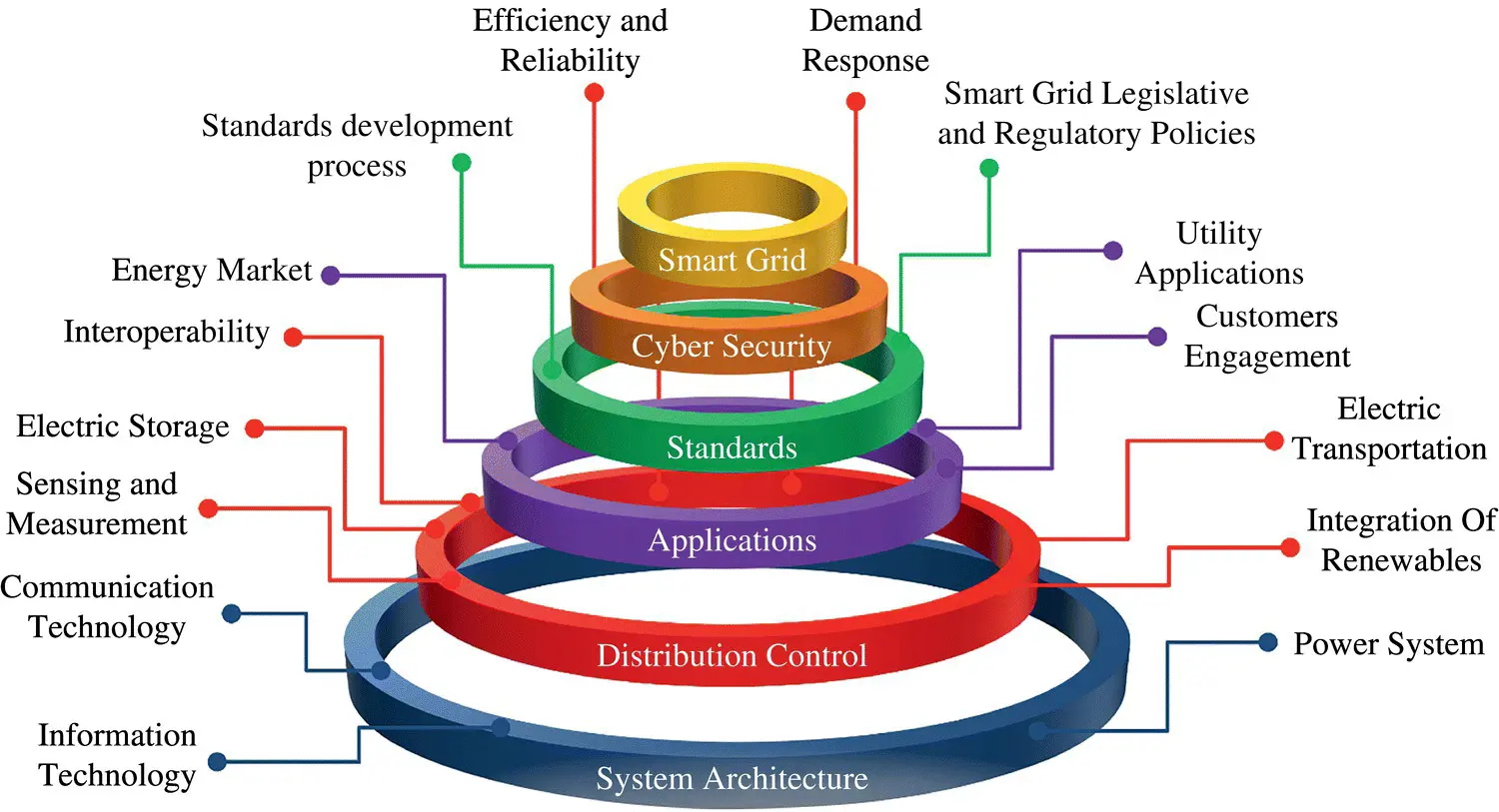
Figure 1.6 SG components.
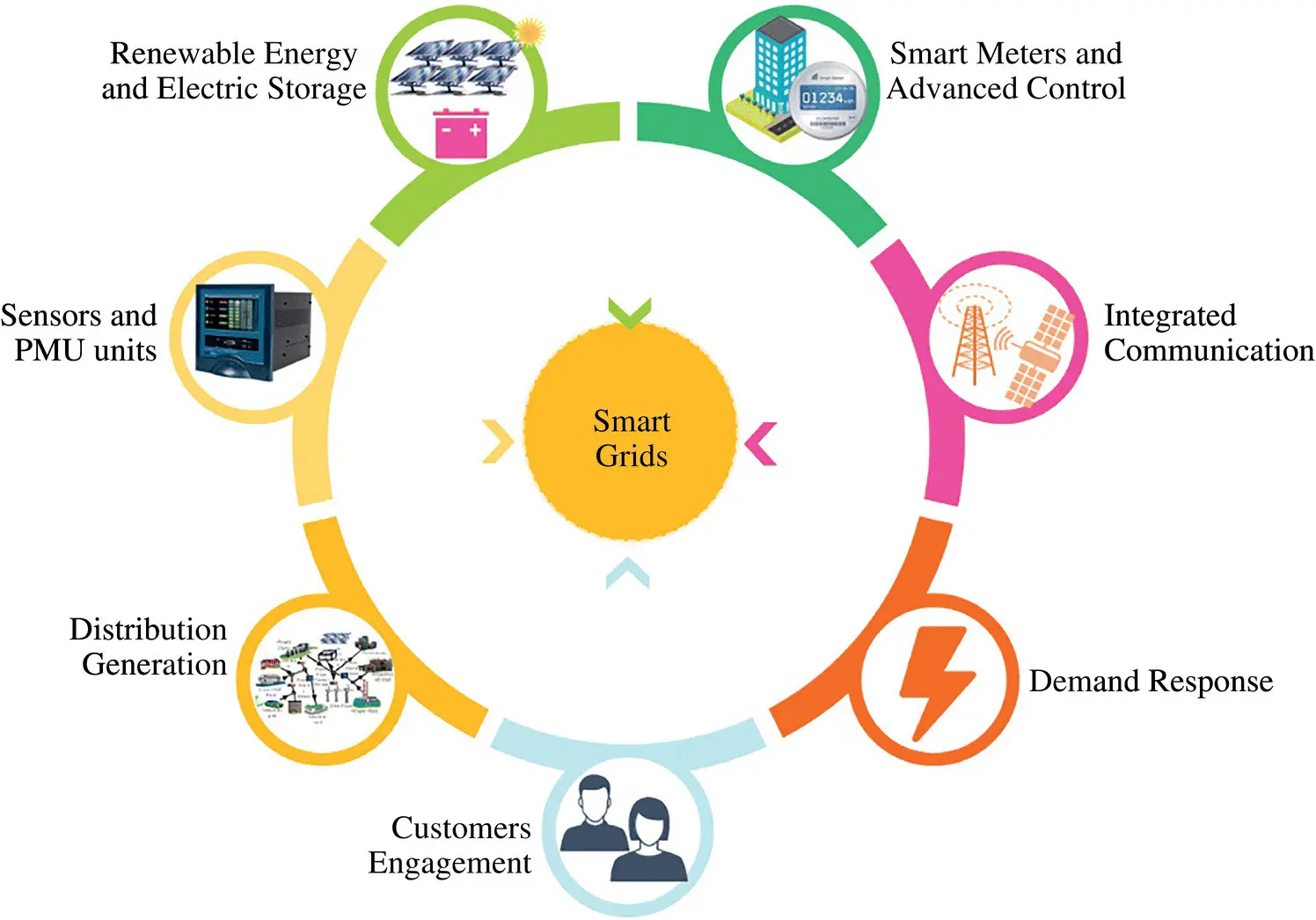
Figure 1.7 Main key technology areas of smart grid.
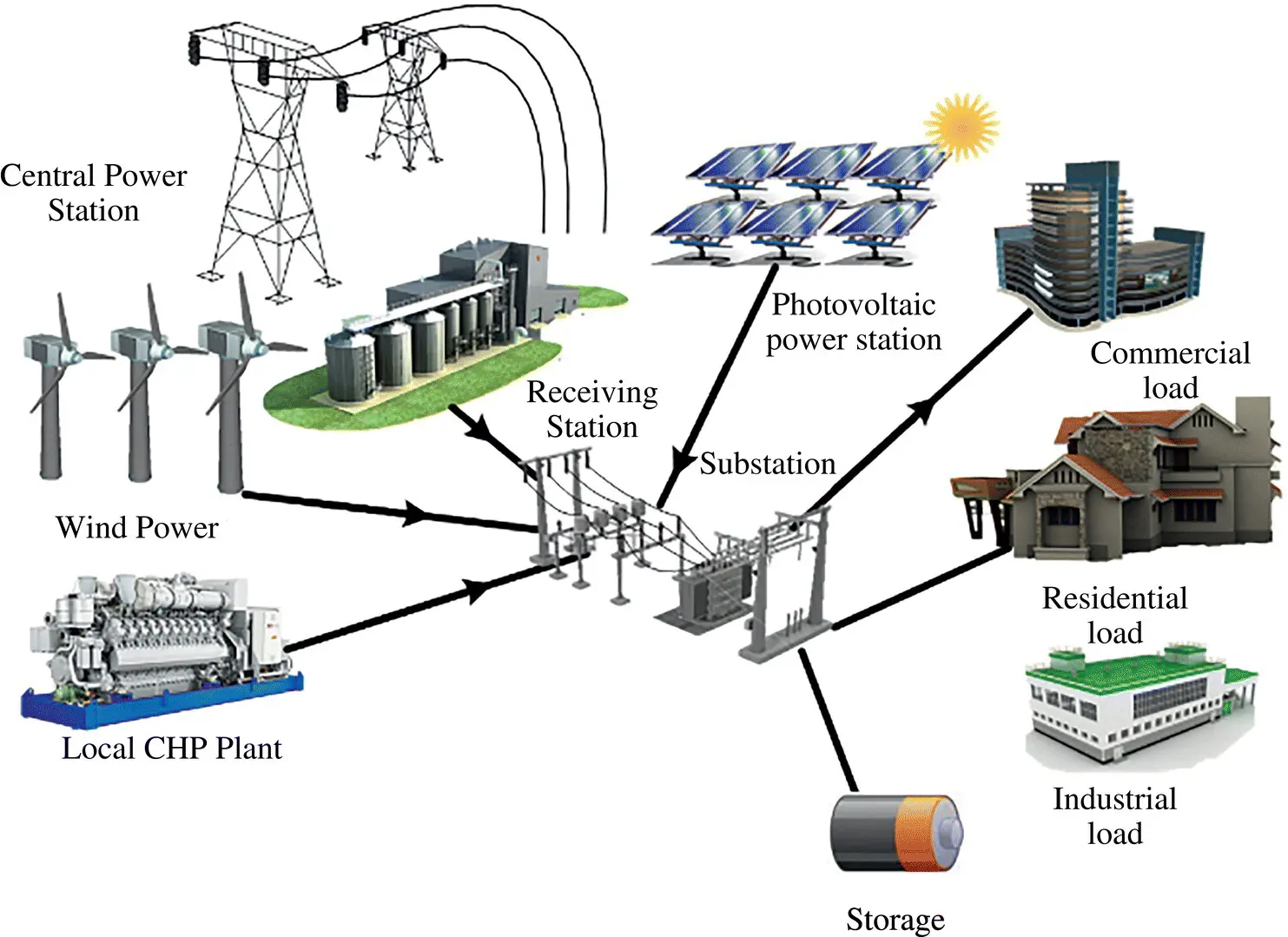
Figure 1.8 Distributed energy resources paradigm in smart grid. Ref [20]. Reproduced with permission from IEEE.
DERs can offer potential benefits to the electric grid such as improving energy efficiency, enhancing energy security, and ensuring faster recovery of electricity services. DERs may serve in a single structure connected to an isolated grid, become part of a microgrid, or be connected to the distribution system. Distributed generation can support the delivery of clean, reliable power which supports reducing electricity losses over transmission and distribution lines. The impact of the DERs depends on different factors [23]; such as:
Size and penetration level of the DGs.
Type of the DGs, unit ratings, unit impedance, and used transformers used, etc.
Mode of operation and the interconnection methods with the grid or with the local loads.
On other side, the penetration of DGs increases the complexity of power grids and presents significant stability and control challenges, which may cause greater voltage and frequency deviations and coordinating problems. To overcome these challenges, a coordinated control and managing system must be used to provide the continuity of service, while still meeting customer demands and ensuring the vulnerability of the power system.
1.5.2 Energy Storage
ES is an essential technology for obtaining effective utilization of renewable energy while ensuring continuous energy supply and grid support. Therefore, the storage provides a way to settle the peaks and valleys of supply and end disruptive electricity supply. Storage technologies needs more advances to accomplishing higher power and energy capacities to enabling large‐scale deployment. ES systems are combined with advanced power electronics as the interface with the electrical grid. The technical benefits of ES are various forms of grid support [22]. Distributed storage systems may have enormous potential to provide various services to the grid such as supporting the grid's voltage and frequency, providing spinning reserves, enhancing national grid security, and improving grid resiliency. Distributed ES systems are installed at a number of locations on and off the grid. Such systems have two main elements for charging and bi‐directional energy flow as shown in Figure 1.9. Most of the existing large‐ and utility‐scale storage resources are hydro and pumped storage. ES can also provide many financial benefits [24].
Effective storage relies on storing and discharging electricity at the required time, and in a way that relies on clear and automatic pricing signals transmitted to smart storage systems. Such storage can give a solution to some challenges, for example, the power congestion at the distribution level, hence avoid/defer potential upgrades in grid infrastructure. However, there are many storage related challenges that must be taken into consideration such as [25]:
Policies enhancement on net metering, DR, grid reliability standards, generation‐based incentives vs hybrid solutions, and the need to consider energy efficiency policies at equipment level vs efficiency at the systemic level.
Distortion of price signals due to subsidies or lack of real‐time pricing signals for consumers.
Need to consider life‐cycle vs capital costs for the selection of government‐funded projects. Figure 1.9 The distributed energy storage system.
Awareness of available technologies and opportunities in various sectors.
Cost of technology role for the localization and system integration.
Need for innovative business models.
Need for financing mechanisms.
1.5.3 Demand Response
The concept of DR has emerged as a solution to demand‐side control in the microgrid [26]. Using smart meters and the bidirectional way of communication in the SG opens the door to the technology to participate in the electricity market improvement [27]. The DR programs can be defined as the most successful solution to solve the peak‐load burden on the grid and engage customers in the wholesale market operations. A greater number of active consumers can change the profile of the load by minimizing or maximizing the demand as per the generation instructions. This ensures that the load will follow the generation, rather than the generation following the load as in the current energy paradigm. However, these types of programs attract a number of customers' schemes, but designing it remains a major challenge. Most DR programs and the challenges faced when implementing these programs will be presented in detail in Chapter 11.
Читать дальшеИнтервал:
Закладка:
Похожие книги на «Smart Grid and Enabling Technologies»
Представляем Вашему вниманию похожие книги на «Smart Grid and Enabling Technologies» списком для выбора. Мы отобрали схожую по названию и смыслу литературу в надежде предоставить читателям больше вариантов отыскать новые, интересные, ещё непрочитанные произведения.
Обсуждение, отзывы о книге «Smart Grid and Enabling Technologies» и просто собственные мнения читателей. Оставьте ваши комментарии, напишите, что Вы думаете о произведении, его смысле или главных героях. Укажите что конкретно понравилось, а что нет, и почему Вы так считаете.
